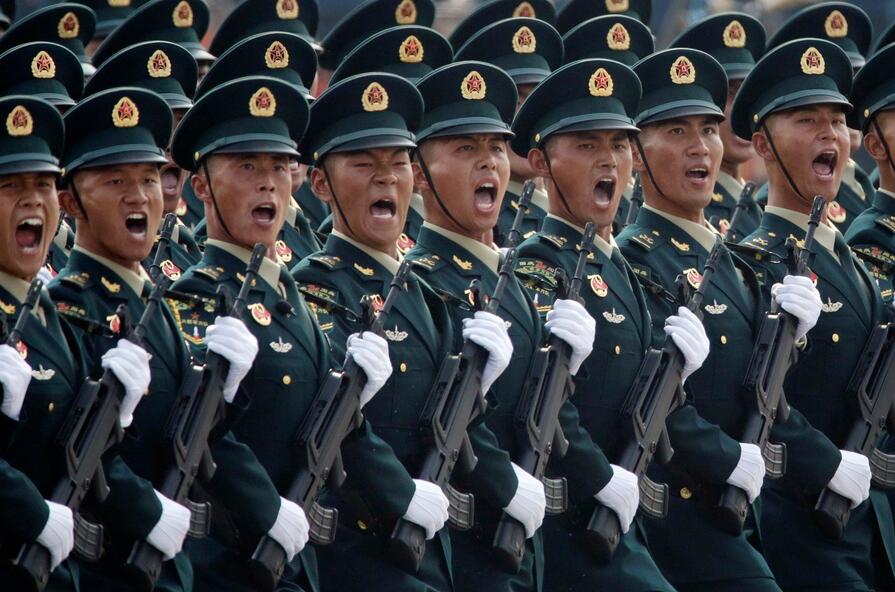Subscribe to our weekly newsletter to get it delivered straight to your inbox!
The Stockholm International Peace Research Institute's report on 2020 global military expenditures found spending was up 2.9% from 2019. The U.S. spent US$778 billion, a 4.4% increase, while China continued its 25 year trend of increased spending. It rose 1.9% to US$252 billion. The two countries accounted for 53% of total world military spending, a larger share since some countries reallocated military funds to coping with the pandemic.
In total spending and on a per capita basis, the U.S. greatly outspends China. On a per capita basis, U.S. spending is $2,351. China's is $175 per person. As a share of estimated Gross Domestic Product, the U.S. spends about 3.8% and China spends about 1.9%. In its 2020 assessment of China's military aims and capabilities, the U.S. Department of Defense noted that China's military spending is higher than its public budget. USCI has collected military affairs reports issued by the two governments and put together this graphic on the relative sizes of the two militaries.





